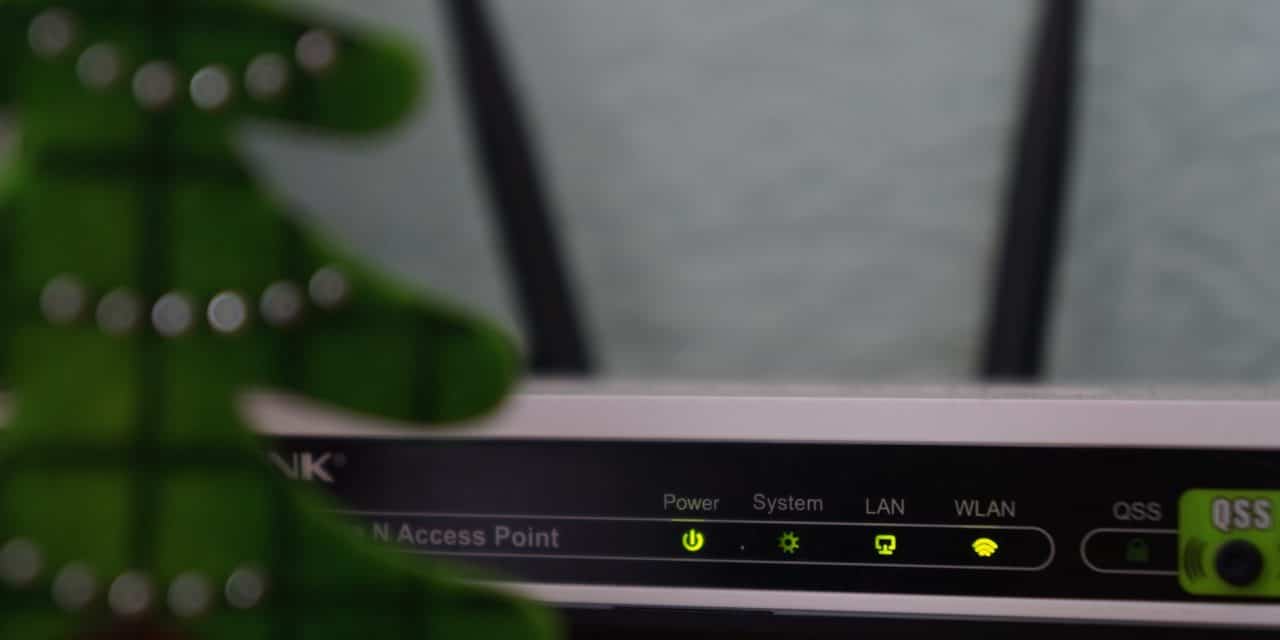[ad_1]
The main difference between a wireless repeater and a wireless bridge is that a repeater simply extends the range of a network while a bridge ties two networks together. A client bridge links computers. A wireless repeater connects routers. These simple definitions don't quite cover what they do and why you may need them, so read on for more information.
What Does a Wireless Repeater Do?
A wireless repeater is a device that creates an access point that bounces a wireless signal to the main router. This increases a wireless signal's range. For instance, if your access point is on one side of your house and you want to use the network on the other side, but the signal is low or nonexistent, then you simply set up a wireless repeater at the edge of the range of your first access point. Thus, the wireless signal is extended.
What Does a Wireless Bridge Do?
A wireless bridge connects more than one network of signals together. These are usually physically separated networks. It allows businesses to connect different offices and floors of networks together to make a seamless connection rather than overloading a single network with too many connections. Why would you not want to overload a single network with too many connections?
Think of a wireless network like a local highway. The more data you have, like cars, the slower traffic becomes. If you have routed that traffic properly, you will avoid data congestion and maintain optimal data speeds. This is why it is essential to set up a separate network on each floor of an office building and then connect them, rather than setting up a repeater system.
However, it is essential to set up a repeater system within floors, especially if the floors are large. Data tends to slow down the longer the cables or airspace is between the devices. A repeater takes the data and resends it gain at original speeds. So repeaters slingshot data between the sender and receiver while routers act like highways, directing that data traffic. Bridges are simply connections between different networks.
What to Look for When Buying a Repeater?
Are the bridge, repeaters, routers, and wireless antennas compatible with each other? This doesn't always mean the same brand, but it is probably a good idea. Some equipment is only capable of sending and receiving signals to other equipment of the same type, for instance, bridges with bridges. Look carefully at the product you are buying and make sure it is compatible with your routers and if it offers the repeater mode. Check for a removable antenna, external connector, and multiple Ethernet ports. And make sure it has both point to point and multipoint nodes. Make sure the range between devices will cover the distance you need it to in the location you plan to set it up in.
What to Look for In a Wireless Bridge
Bridges tend to be compatible only with other bridges of the same type of chipset and firmware. Before you purchase on, make sure it is compatible with all your other equipment as well as other bridges. Also, check for the same things you did in a repeater. Consider getting a power-line bridge to penetrate cement brick, metal walls, metal shelving, and other obstacles that can hinder or stop a wireless signal. This allows the signal to get a boost by traveling down electrical wires.
Basic Set-up
Place your router in a central location. For a home, this would be in the middle of common areas you use. For an office, locate it centrally in the building. Build outward from that. Check where the range of the router signal is, then set up repeaters so that their range overlaps the router signal. Set up the bridges between routers of different floors or building and between rooms separated by wireless signal obstacles. Each brand of wireless device is different and has different range distances. And remember to set all devices within a wireless setup to the same wavelength.
It is important to fully understand how your routers and repeaters need to be set up for optimal network service between all devices and the internet in your home or business. The right set up will enable seamless and fast connection within your network and to the internet. It will also ensure a secure connection for transferring data and files within your network and to the internet.
[ad_2]
Source by James M Shelton

